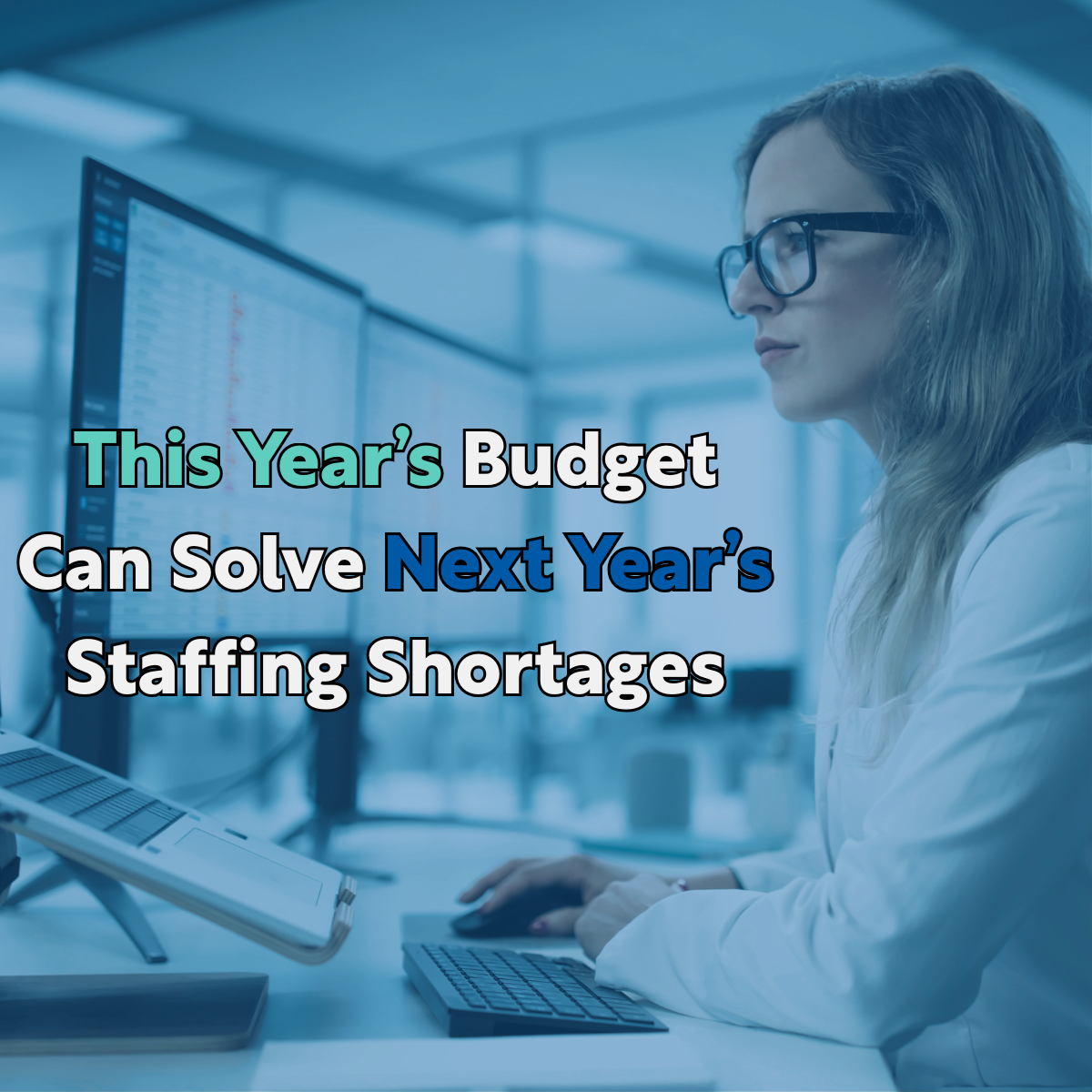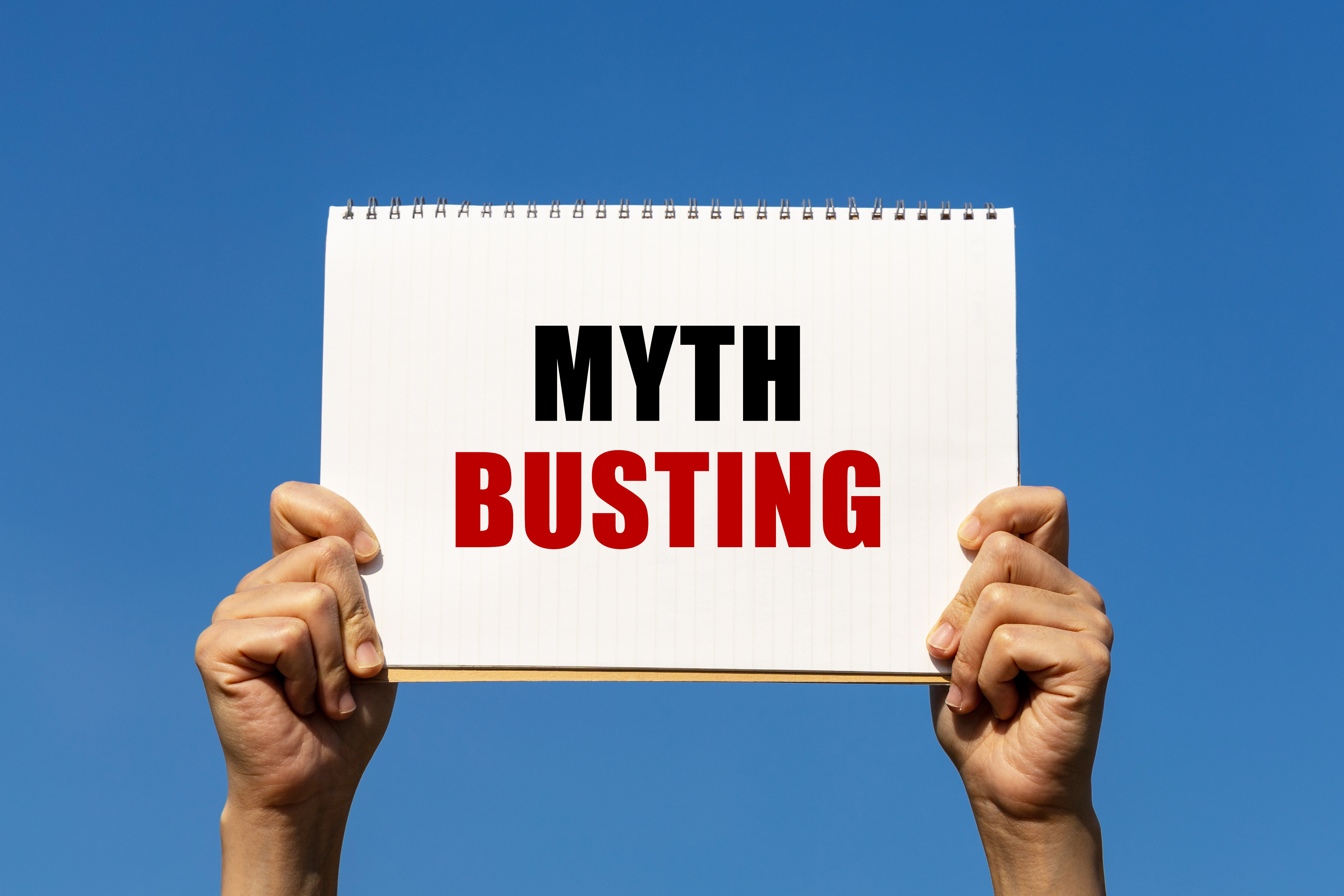The transition from Medical Device Directive (MDD) to Medical Device Regulation (MDR) requires clear communication with hospital staff about strengthened regulatory requirements, enhanced patient safety standards, and more rigorous documentation processes. When explaining this transition, focus on the practical impacts: increased traceability requirements, stricter clinical evidence standards, and new responsibilities for healthcare facilities as operators of medical devices. Frame the change as a positive evolution that ultimately improves patient outcomes and safety, particularly regarding infection control practices and medical device management.
Understanding the MDD to MDR transition in healthcare facilities
The shift from MDD to MDR represents a fundamental regulatory evolution in European medical device governance. The MDR (Regulation 2017/745) replaced the previous MDD (Directive 93/42/EEC) to address gaps in the regulatory system and establish more stringent requirements for medical devices, including disinfection equipment.
For hospital staff, this transition matters because it directly impacts daily operations involving medical devices. The MDR places greater emphasis on lifecycle management, requiring healthcare facilities to maintain comprehensive documentation and implement more rigorous device tracking systems. This includes UV-C disinfection devices used for infection control, which now face more detailed requirements for validation and verification.
The new regulation also shifts more responsibility to healthcare facilities as "operators" of medical devices, making it essential for staff to understand these new obligations and how they affect device management workflows.
What are the key differences between MDD and MDR that hospital staff need to know?
The most significant change hospital staff should understand is the MDR's emphasis on lifecycle vigilance rather than just pre-market approval. Unlike the MDD, the MDR requires continuous monitoring, reporting, and documentation throughout a device's entire lifecycle.
Key differences include:
- Expanded definition of medical devices
- More rigorous clinical evaluation requirements and post-market surveillance
- Enhanced traceability through Unique Device Identification (UDI) systems
- Greater scrutiny of technical documentation and risk management
- Increased transparency through the EUDAMED database
For hospital staff handling UV-C disinfection devices, these changes mean more detailed record-keeping, stricter adherence to manufacturer instructions, and greater attention to reporting adverse events and non-conformities.
How does the MDR affect infection control protocols in hospitals?
The MDR significantly impacts infection control by establishing heightened standards for devices used in preventing healthcare-associated infections. Under the new regulation, disinfection equipment must meet more stringent performance and safety requirements, with clearer evidence of effectiveness.
For infection control teams, this means:
- More comprehensive validation of disinfection processes
- Enhanced documentation of disinfection procedures
- Stricter adherence to manufacturer specification
- More detailed risk assessment for infection control practices
UV-C technology aligns well with the MDR framework as it provides measurable, consistent disinfection that can be validated and documented. Modern UV-C devices often include built-in verification systems that record disinfection cycles, supporting the traceability requirements of the MDR.
What documentation and training should hospitals implement for MDR compliance?
Hospitals must establish robust documentation systems to meet MDR requirements. This includes maintaining detailed records of device usage, maintenance, verification of disinfection efficacy, and any incidents or near-misses.
Essential documentation includes:
- Device inventory
- Standard operating procedures for each device
- Training records for all staff using medical devices
- Maintenance and calibration logs
- Incident reporting mechanisms
Training programmes should educate staff on the regulatory changes, emphasising their new responsibilities under MDR. This training should be role-specific, with infection control practitioners receiving detailed instruction on documentation requirements for disinfection processes.
Implementation strategies should include phased approaches that prioritise high-risk devices, regular compliance audits, and designated MDR compliance champions within each department to ensure consistent application across the facility.
For healthcare facilities navigating these complex MDR requirements, partnering with experienced manufacturers becomes crucial. UV Smart has developed comprehensive solutions that address the stringent documentation and validation needs of the new regulation. Our UV-C disinfection systems, feature integrated monitoring capabilities and detailed reporting functions that streamline compliance with MDR requirements, making it easier for hospital staff to maintain the necessary records while ensuring effective infection control.
Ready to upgrade your infection control protocols with MDR-compliant UV-C disinfection technology? Discover here our range of advanced UV-C disinfection devices that provide the measurable, documented results your facility needs for regulatory compliance. Visit our UV-C disinfection devices product page to explore solutions that support your MDR transition with built-in verification systems and comprehensive documentation capabilities.







.jpg)
